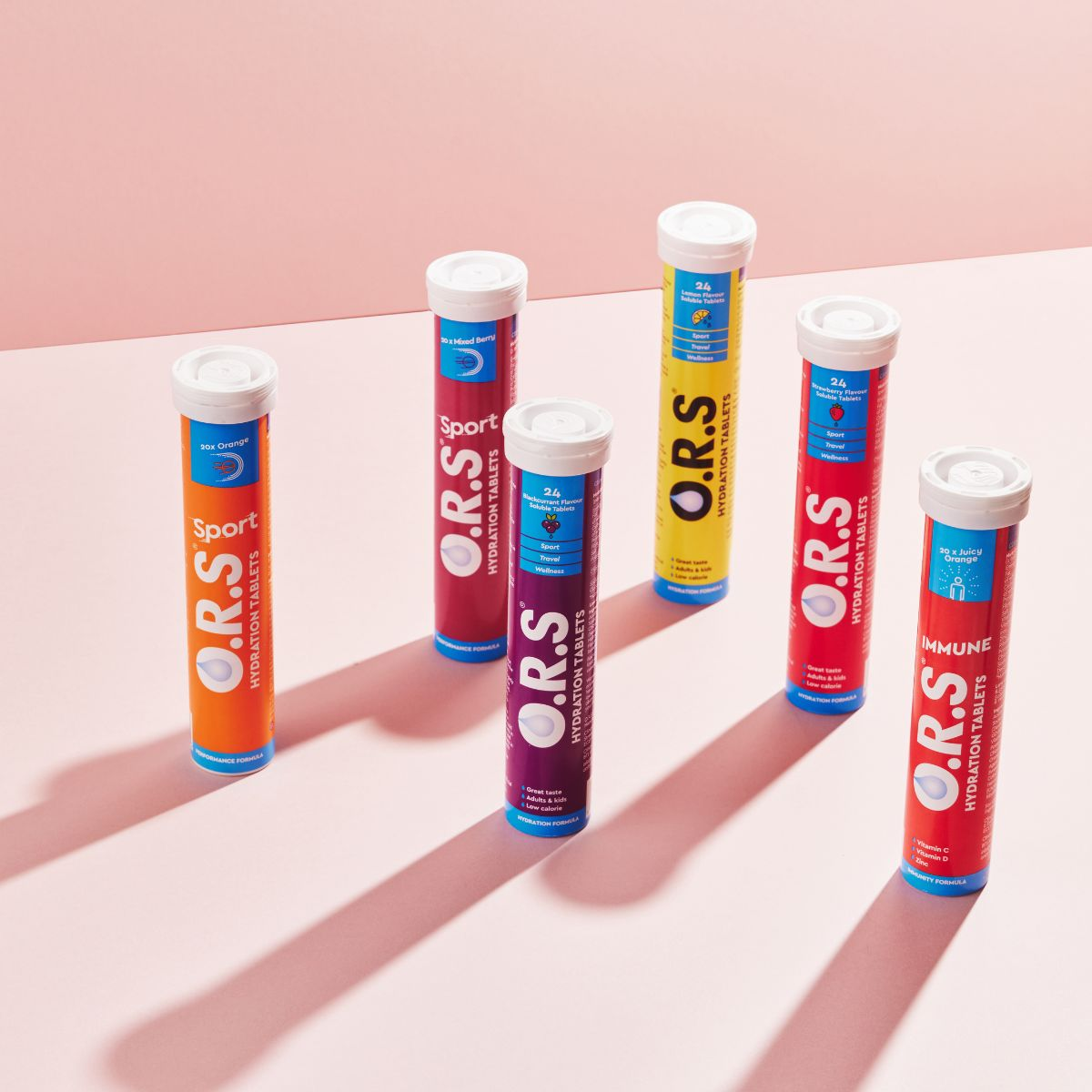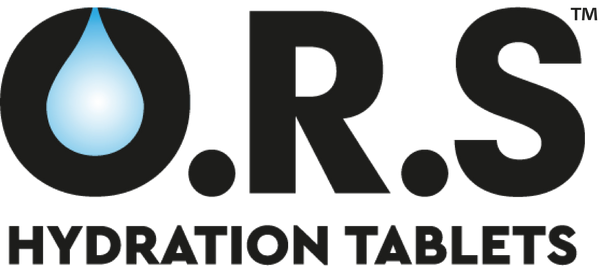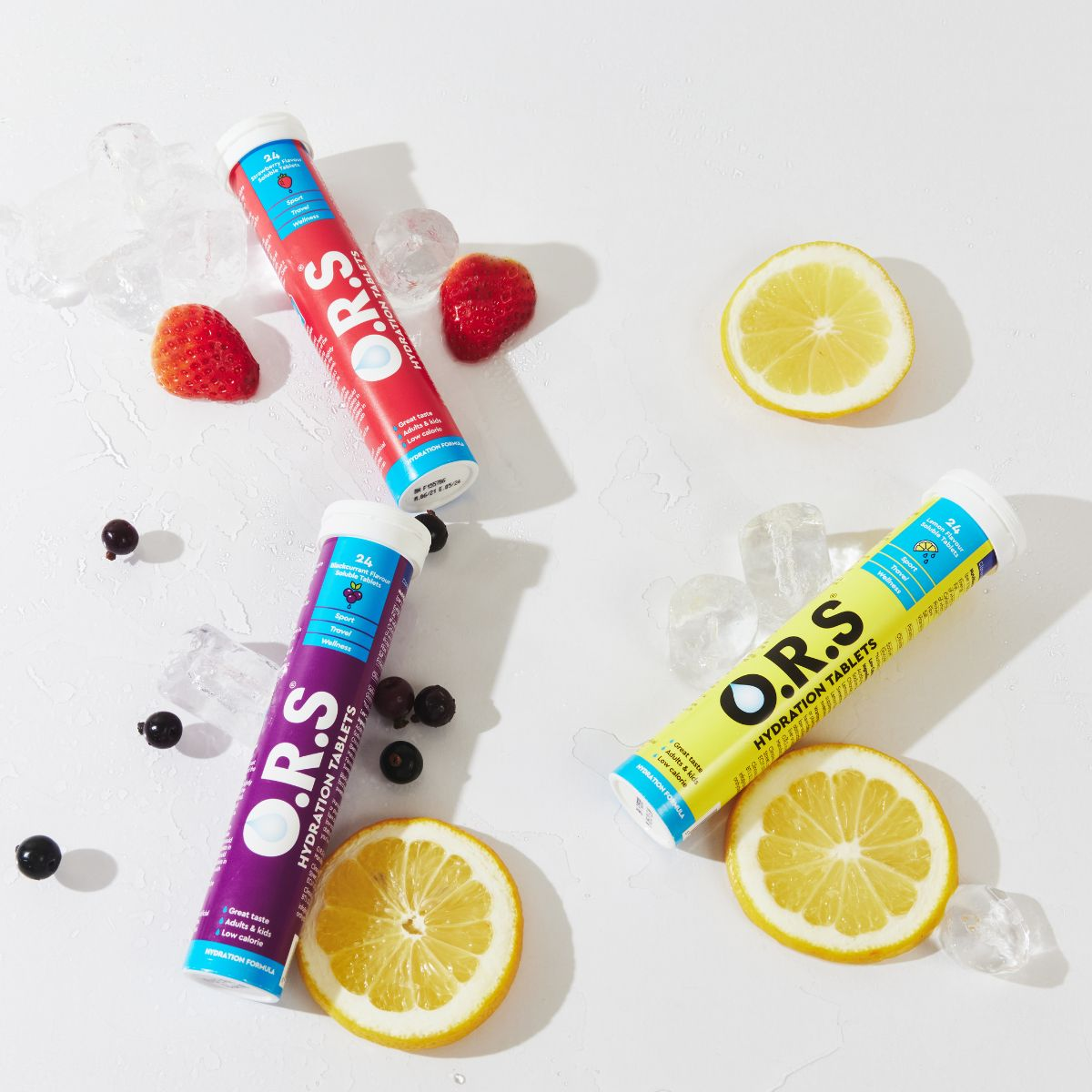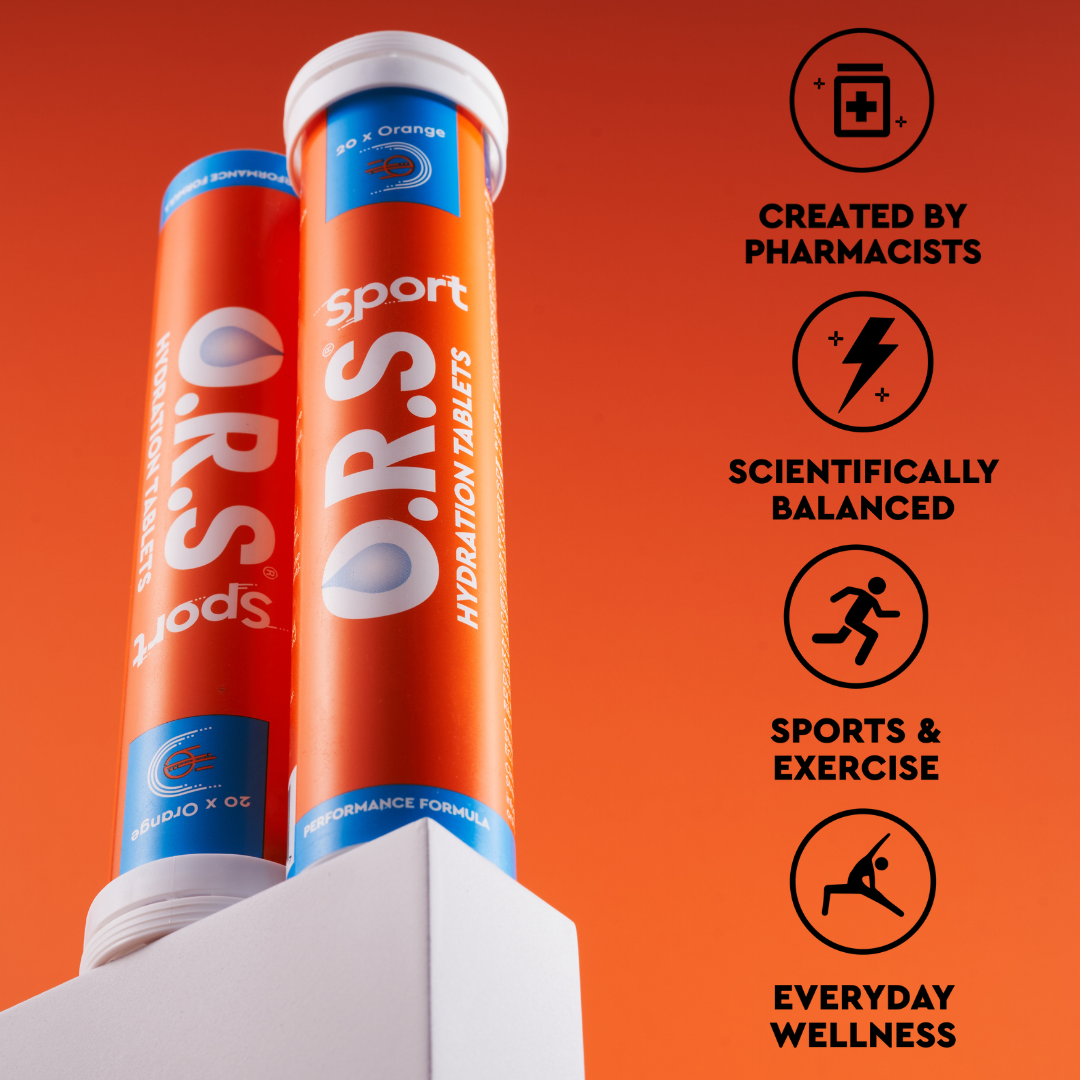
Post-Workout Recovery
Share
If you’re less than experienced in the field of exercise, and are hitting the gym for the first time to get in shape, lose some weight or simply offset the sedentary pace of the standard office job, then you may want to consider the importance of the post-workout recovery period. Having a routine to help your body warm down and relax after you’ve put it through its paces is as important as the actual exercise you do – if you want to avoid cramp, pain, seized muscles and a disinclination to ever go back to the gym again.
We’re taking a look at your post-workout recovery, making sure you can give your body everything it needs to feel rested and free of aches and pains.
Stretching and Cool Downs
Factoring in the time needed for stretching and cool downs is essential for avoiding sore muscles caused by lactic acid build up. By blocking out that time for a cool down, you’ll be less likely to skip it. Round out your workout with a reverse of the stretches you went through when you were warming up, as this helps to relieve the muscle tension you’ve built up, and kickstarts the recovery process which leads to stronger muscles.
Try to leave about 10 – 20 minutes for your warm down stretches depending on how vigorous your workout was. Asking for advice, or looking for routines online that specifically address your needs will help you to cool down effectively, and avoid waking up the next morning with seized muscles
Showering Off
After your workout, a shower can help you reset and make you feel more normal. A good work-out will leave you feeling sweaty, so a shower helps you refresh and allows you to carry on with your day confidently. As well as this, a shower at the right temperature can help soothe some of the after-effects of a good work-out.
If you’re feeling a little achy after trying to push through the wall, a hot shower is your best friend. This dilates your blood vessels, allowing more blood to flow to your muscles, supplying them with everything they need to heal.
A cold shower constricts your blood vessels, making it harder for blood to flow, and redirects it to your core to keep your vital organs warm. This can help in the short term, as the chill wards off post-exercise pains, but in the longer term, it reduces the blood flow to your muscles so they can begin to relax and repair.
If you’ve incurred an injury during exercise, a cold shower can help with the initial side effects – it’ll help restrict swelling, enough to get you home at least, where a cold compress or ice can be pressed to the affected area
Rehydration
A tough workout will leave you dehydrated – not only will you be sweating out a lot of your moisture reserves to keep cool, raising your metabolism speeds up all of your bodily processes, including the ones that use water. A tough workout raises your temperature, speeds up your heart rate and this leads to even indirectly related processes speeding up like water filtering through your kidneys to your bladder.
Keeping hydrated before, during and after a workout is essential to give you enough water to perform your work-out well, and more importantly replenish what you have lost in the process. A lack of rehydration post-workout can have similar symptoms to a hangover, including; headaches, dizziness and fatigue, which is not the desired effect of your healthy exercise routine!
Refuel
Firstly, you will have burnt a number of calories during your exercise which will need to be replaced. By grabbing a healthy, balanced snack post-workout you are ensuring that your body has the macronutrients it needs to repair your muscles and give you enough energy to carry on with your day.
When working up a sweat, water isn’t the only thing you lose. Dissolved in your body’s water reserves are a number of important minerals called ‘electrolytes’. Electrolytes are made up of salts and salt constituents like sodium, potassium and calcium. They’re given this collective name because when they’re in a solution with water they conduct electricity.
Your body uses electrolytes for a lot of important processes: Sodium regulates the amount of water in your cells, making sure when there’s too little they can draw from the reserves in your bloodstream, or if they’re overfull they can shed the excess. Other electrolytes help to ensure your nerves and muscles can communicate properly, and even have a role to play in regulating your mood.
A person who is suffering from electrolyte deficiency can experience symptoms such as headaches and brain fog, dizziness, muscle cramps, and in serious cases they may collapse. If you’ve pushed your body hard during a workout, and sweated out a lot of electrolytes, then just drinking water won’t help replenish them. In fact, drinking a lot of water without topping up your supply of these important salts can actually make the situation worse!
If you hydrate without adding electrolytes, you’ll be diluting your remaining reserves, resulting in the unpleasant condition known as Water Intoxication, which in extreme cases be fatal.
Sports hydration (or ‘isotonic’) drinks promise to restore your electrolyte levels while quenching your thirst, but can also often include high sugar levels to give you a quick burst of energy. Sugary drinks such as these can be an unhealthy and counterproductive solution to your post work-out needs.
ORS tablets provide your body with everything it needs to replenish its reserves after a testing workout without the unwanted sugar! They’re easy to throw into a gym bag and add to your bottle of water for a complete solution to rehydration pre-, post- or even during your workout routine.
Combining an informed approach to rehydration, a cool down period and a shower that helps your muscles begin to heal into your post-workout recovery routine will help you enjoy your gym visits more and get you ready to return faster.







